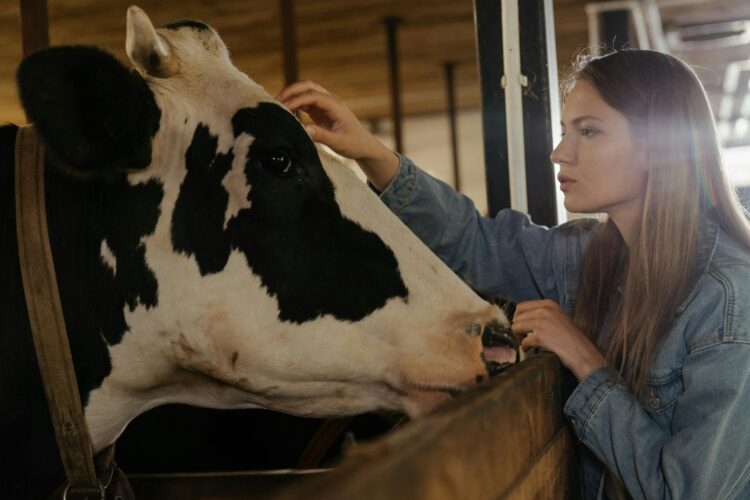Witnessing the birth of a calf is a truly remarkable experience. From the anticipation to the joyous aftermath, it’s a display of nature’s power and the unwavering bond between mother and child. Today, we invite you to join us for an inside look at just such an event on our farm.
The Signs of Labor
The first indication that our expectant mother, Bess, was nearing labor was a noticeable restlessness. She became less interested in grazing and more focused on nesting, frequently shifting her weight and pawing at the ground. This behavior, coupled with the slight discharge we observed, signaled that calving was imminent. We began our close monitoring, checking her regularly for any changes. 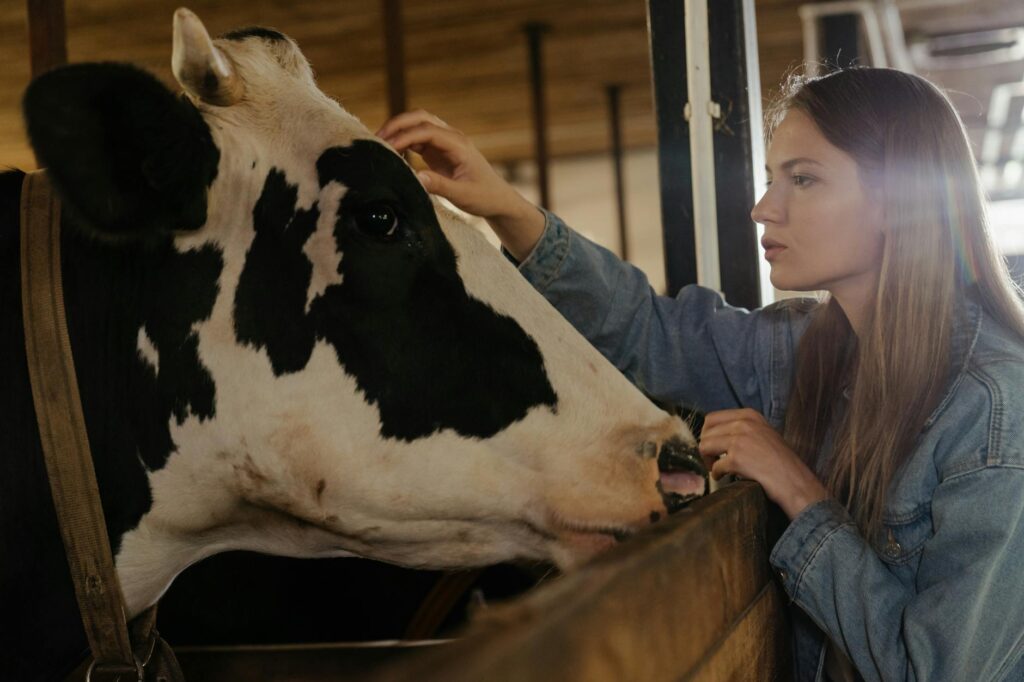
The Calving Process
Labor itself progressed steadily. Bess’s contractions became more frequent and intense. Her breathing became heavy, and she clearly displayed signs of discomfort. The entire process lasted for several hours. We were on hand, offering support and ensuring her comfort as much as possible, a key part of responsible animal husbandry. We kept a respectful distance but maintained close observation to intervene if necessary. 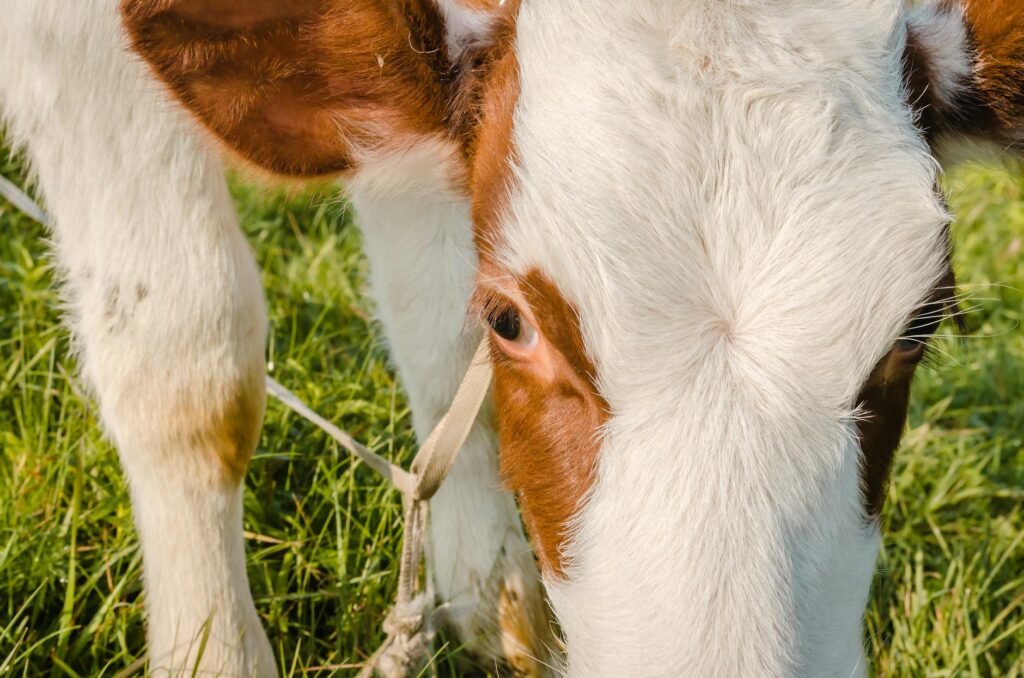
The Arrival
Finally, after what felt like an eternity, the first sign of the calf appeared. With a few powerful pushes, Bess delivered a healthy, strong calf. The sheer relief on her face, as well as ours, was undeniable. The moment was both beautiful and humbling, reminding us of the raw power of nature. It was an emotional experience for everyone present, even those who have witnessed this many times before! For more information on bovine birth, you can read this scientific article.
The First Moments
The immediate aftermath was a flurry of activity. Bess instinctively licked her newborn calf clean, a crucial process for bonding and hygiene. The calf, already attempting to stand, displayed its natural instincts and vigor. This bonding period is incredibly important for the calf’s development and survival. 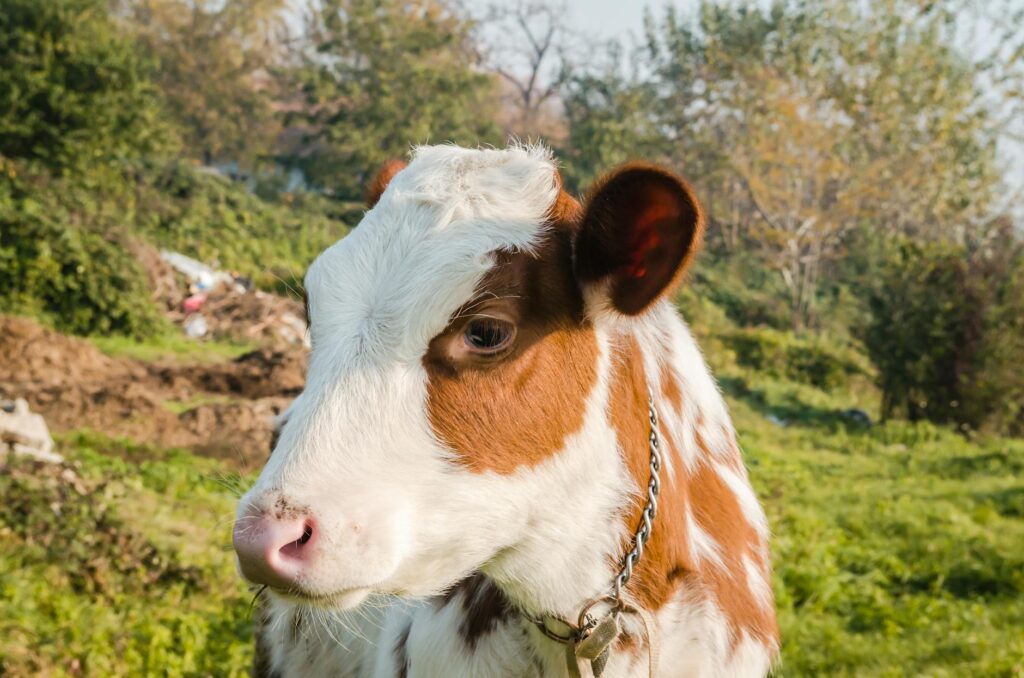 We encourage everyone to learn more about proper calf care practices.
We encourage everyone to learn more about proper calf care practices.
Post-Birth Care
In the hours following the birth, we monitored both Bess and her calf closely. Bess’s health is of paramount importance as well as the calf’s. Ensuring Bess had access to plenty of fresh water and nutritious food is key. The calf was checked regularly to ensure it was nursing properly. We also contacted our veterinarian for a post-natal checkup to ensure everything is going as planned. This online resource contains excellent tips on the topic.
A New Addition
The arrival of this new calf has brought immense joy to our farm. It’s a testament to the resilience and wonder of life in the natural world. We are grateful for the opportunity to witness this incredible event, and we’re excited to watch the calf grow and thrive in the days, weeks, and months to come. Learn more about farm life by reading this blog post! 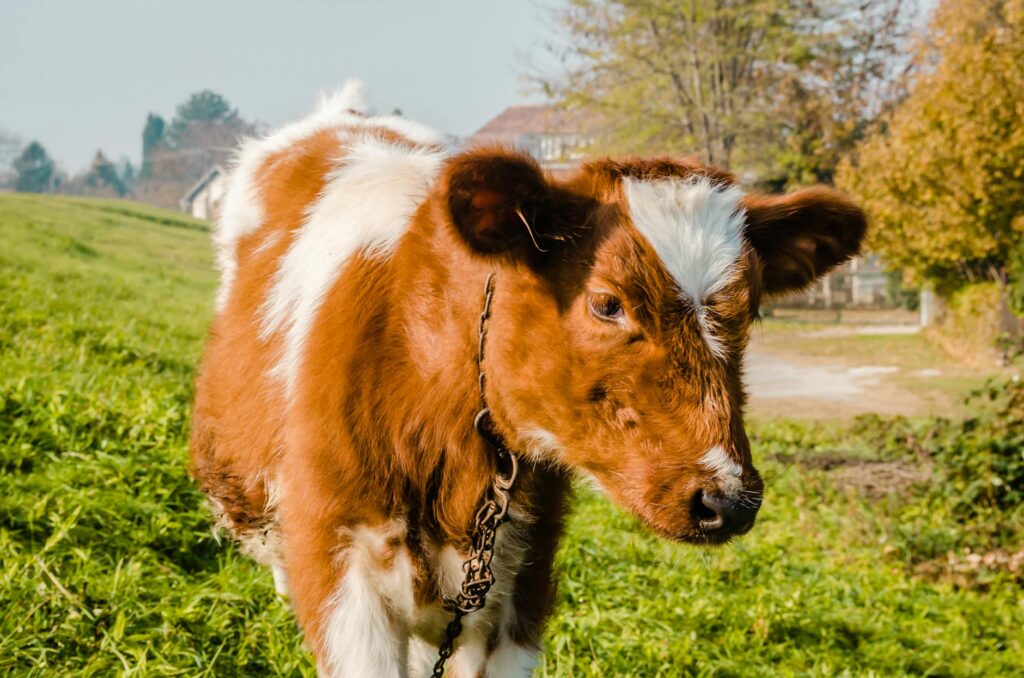
We hope you enjoyed this intimate look at the day our herd grew. It’s a reminder of the cyclical beauty of life and the important connection between humans and animals.
Frequently Asked Questions
What are the signs of labor in cows? Restlessness, nesting behavior, and a slight discharge are key indicators that a cow is nearing labor.
How long does cow labor typically last? Labor can vary, but it generally lasts from a few hours to a day.
What is the role of the farmer during calving? The farmer provides support and observation, intervening only if necessary.
What are some common post-natal care practices for calves? Ensuring the calf nurses properly, monitoring its health, and providing a safe, clean environment are vital.
How often should I check on a cow during and after labor? The frequency depends on the situation, but regular checks are recommended, especially during labor.
